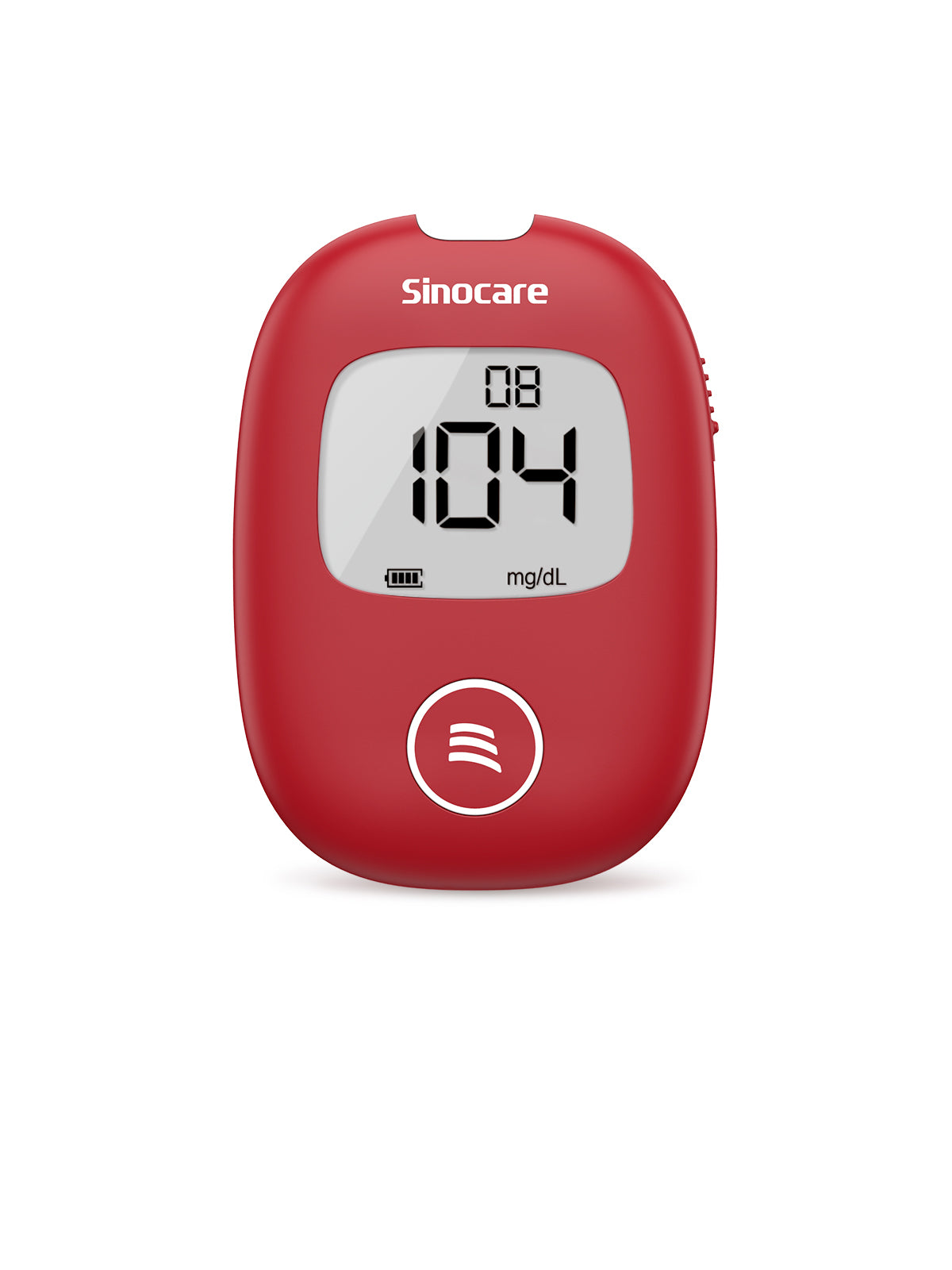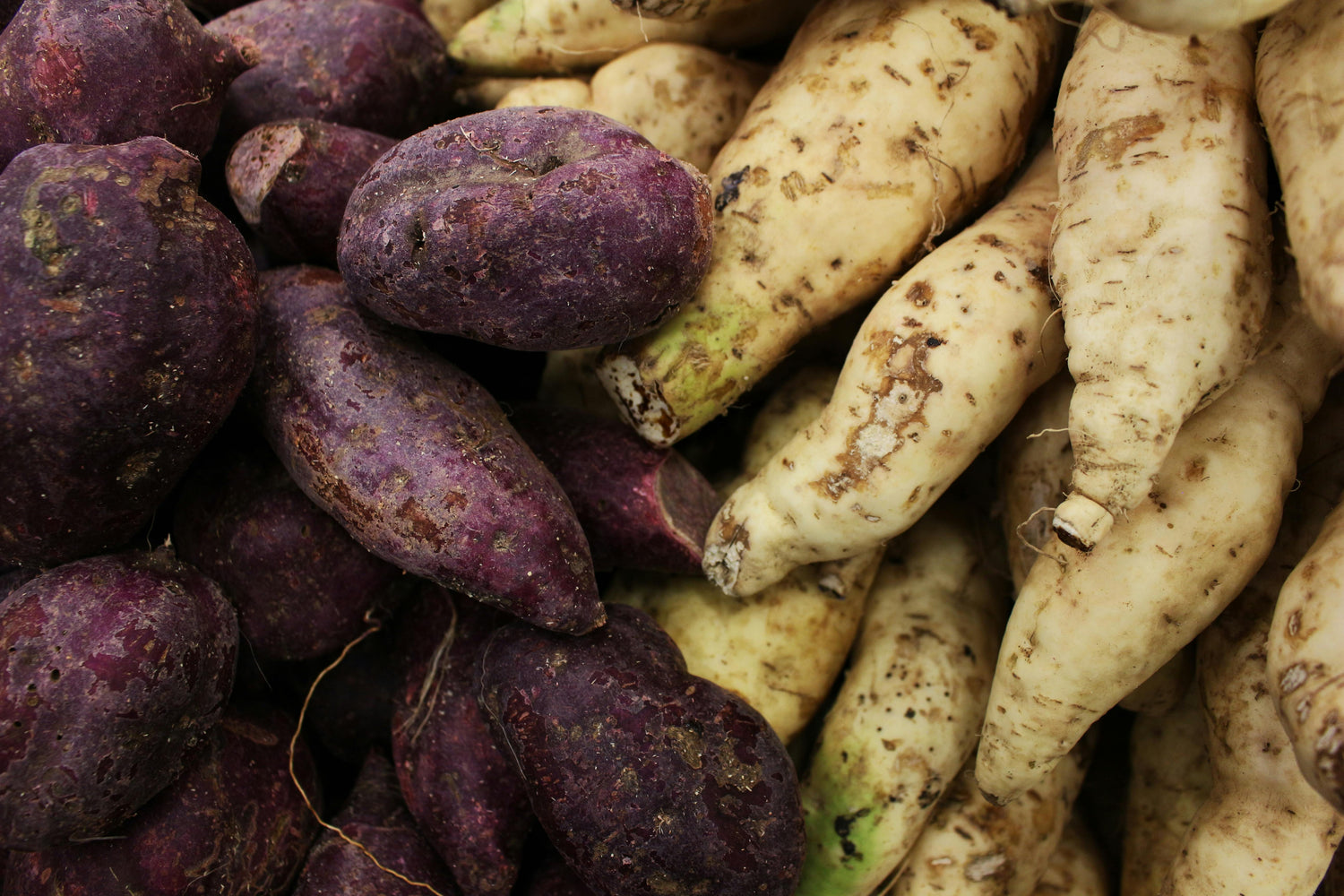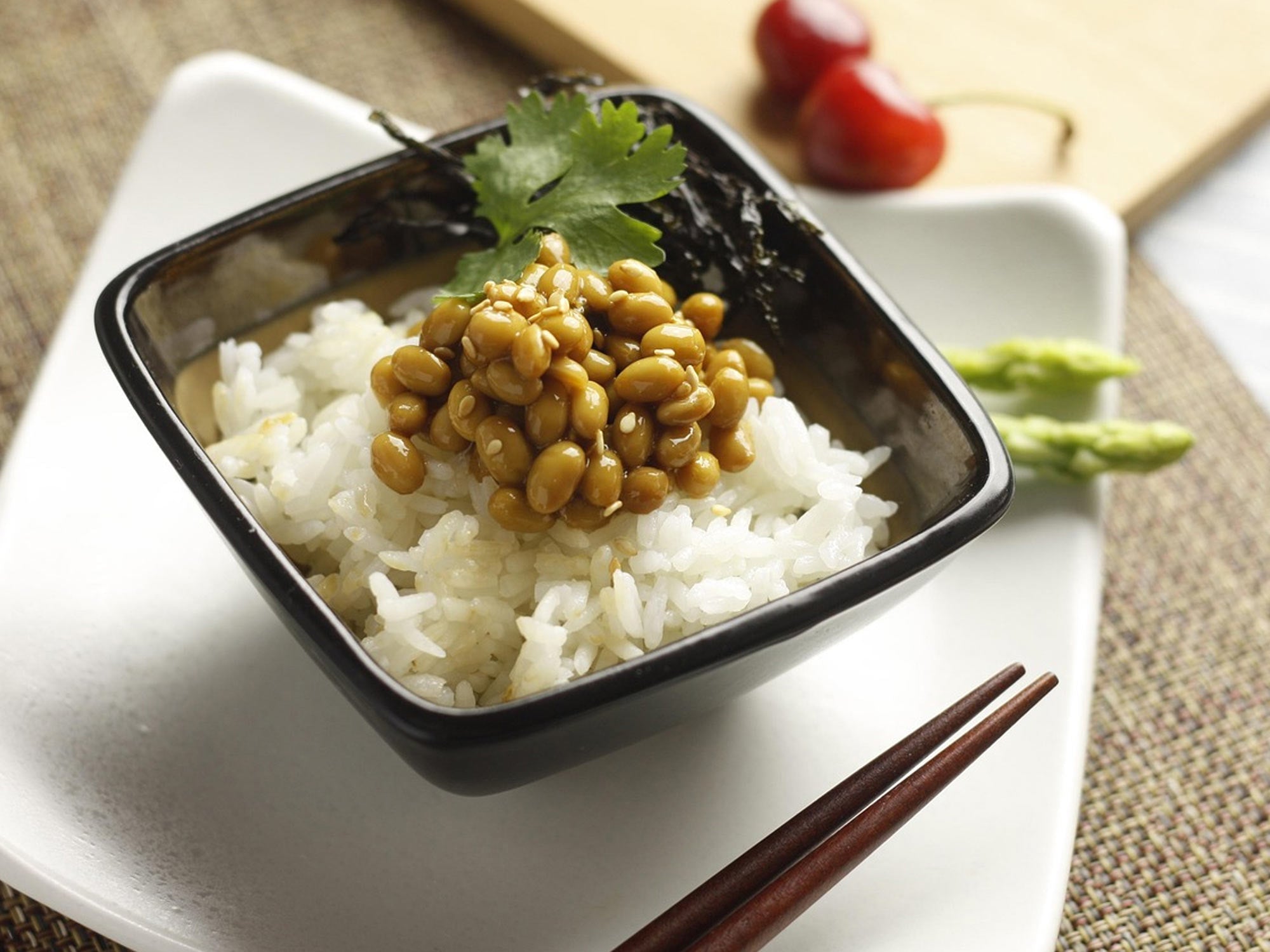As individuals with diabetes, one of the primary concerns is managing blood sugar levels through a balanced diet. When it comes to selecting starchy vegetables, sweet potatoes and purple sweet potatoes are often considered healthy options due to their rich nutrient profiles. However, how to eat can make a significant difference in managing blood glucose levels effectively.
Nutritional composition
|
Per 100g nutrition |
||||
|
Food |
Calories |
Carbohydrates |
Fat |
Protein |
|
Sweet potato |
86 kcal |
23.65 g |
0.1 g |
1.26 g |
|
Purple sweet potato |
133 kcal |
25.06 g |
0.3 g |
1.59 g |
Sweet potatoes generally come in large sizes and are classified into yellow-fleshed, red-fleshed, and white-fleshed varieties, while purple sweet potatoes are typically smaller in size. Despite differences in color and size, they both belong to the sweet potato family.
Purple sweet potatoes are rich in anthocyanins, giving them their purple color, and they are not genetically modified foods. Their carbohydrate, fat, and protein content is comparable to that of sweet potatoes, with only anthocyanins and vitamin C being higher in purple sweet potatoes compared to sweet potatoes. Therefore, purple sweet potatoes do not have any significantly different nutritional benefits compared to sweet potatoes.

Glycemic index
As members of the starchy vegetable family, sweet potatoes and purple sweet potatoes are rich in carbohydrates, resulting in similar glycemic index values. When cooked, their glycemic index is approximately 76-77, categorizing them as high glycemic index foods.
This is one of the reasons why many individuals with diabetes hesitate to consume sweet potatoes or purple sweet potatoes. Indeed, they have a high glycemic index, but they fare much better compared to rice (83) and steamed buns (88). Additionally, they contain more dietary fiber compared to rice and steamed buns, promoting a greater sense of fullness and providing fewer calories. When consumed in controlled portions as a substitute for staple foods, they are suitable choices.
Texture
Purple sweet potatoes have a stickier texture compared to sweet potatoes. Many individuals with diabetes may find sweet potatoes to have a more pronounced impact on blood sugar levels. This is partly due to their sweeter taste and also because they are softer and easier to swallow, making it easier to overconsume.
How should diabetics eat sweet potatoes?
We all know that foods high in carbohydrates should be consumed as substitutes for staple foods. Sweet potatoes and purple sweet potatoes are no exception. For example, 90g of sweet potatoes is equivalent to 25g of rice or 70g of rice.
Fried sweet potato fries and mashed sweet potatoes are not suitable for individuals with diabetes because easily digestible foods lead to quicker spikes in blood sugar levels. Instead, steaming sweet potatoes or purple sweet potatoes over water preserves their nutrients more comprehensively.
Sweet potatoes have relatively low protein content, so when choosing them as a staple food, it's essential to consider protein pairing. Since they have a relatively high glycemic index, it's beneficial to pair them with leafy greens and low-starch vegetables to slow down the rise in blood sugar levels. For example, a balanced breakfast could include 200ml of milk, one boiled egg, one cucumber, and 150g of sweet potatoes.

Final thoughts
In conclusion, both sweet potatoes and purple sweet potatoes are healthy foods that individuals with diabetes can consume. However, everyone's digestion and absorption vary, and the impact on blood sugar levels from consuming the same food can differ. If you're trying sweet potatoes or purple sweet potatoes for the first time, it's advisable to monitor your blood sugar levels after meals. Even if the impact on blood sugar is minimal, it's essential to maintain dietary diversity for comprehensive nutrition.










Commenta
Nota che i commenti devono essere approvati prima di essere pubblicati.
Questo sito è protetto da hCaptcha e applica le Norme sulla privacy e i Termini di servizio di hCaptcha.